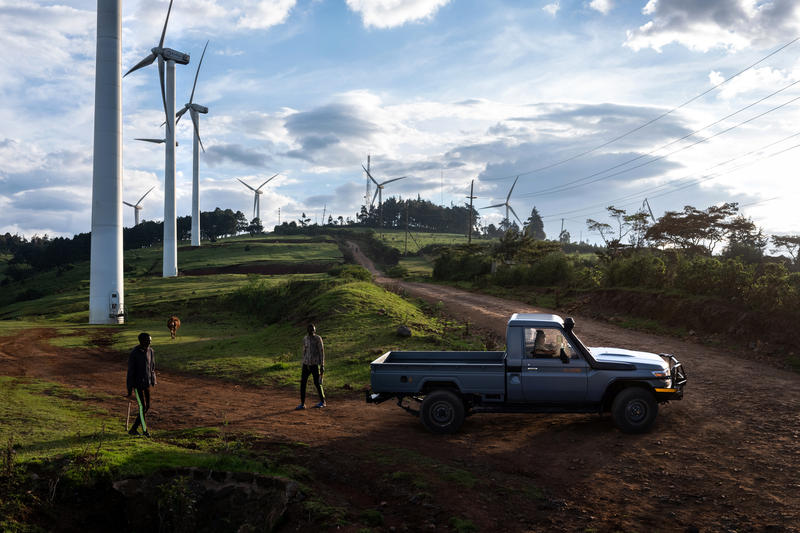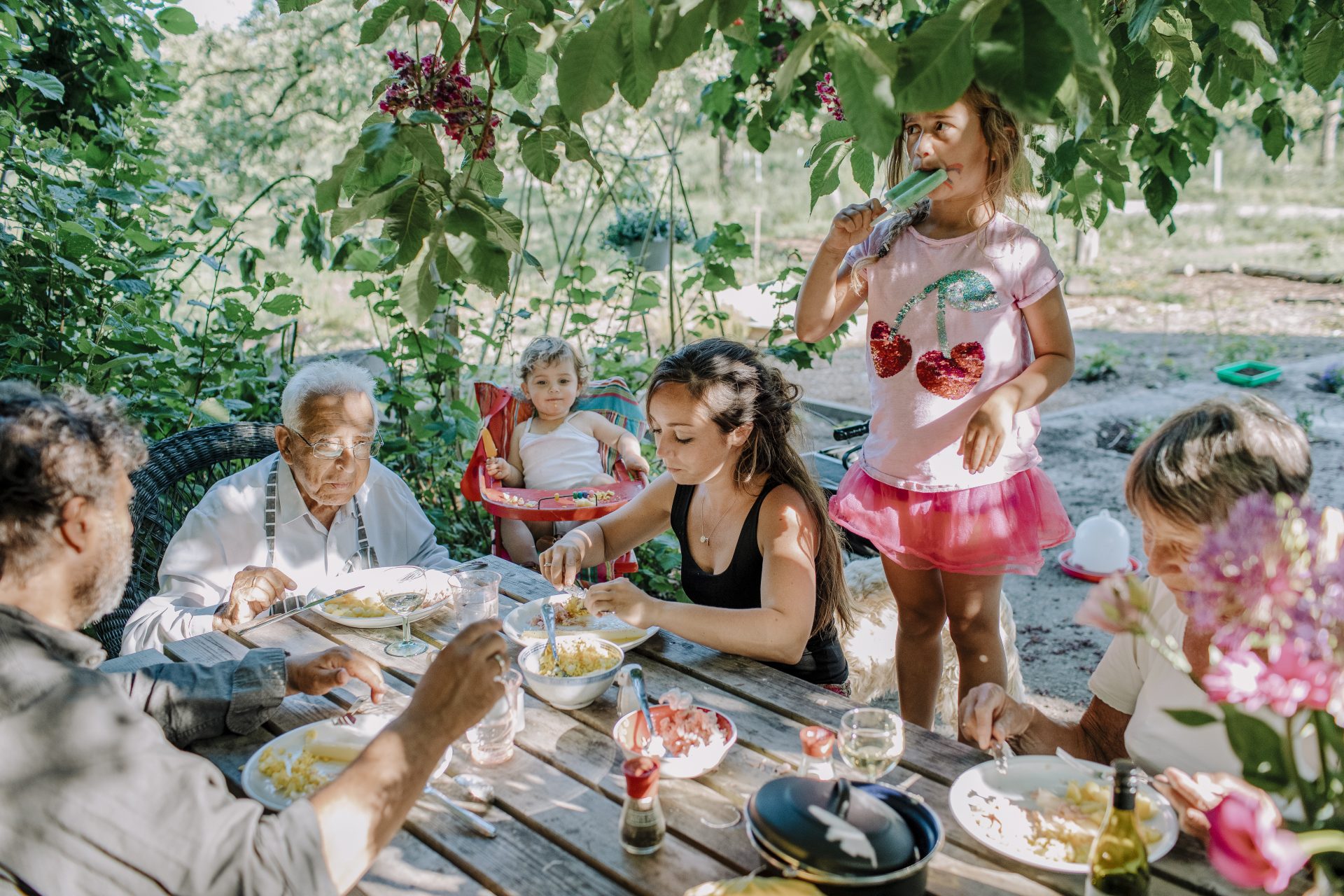
“Every crisis is in part a storytelling crisis.”
Rebecca Solint opened her November 2022 public lecture at Princeton University with those words.
Solnit argues that addressing the climate crisis requires a new mentality:
‘We need to leave the age of fossil fuel behind, swiftly and decisively. But what drives our machines won’t change until we change what drives our ideas.’
This new mentality, these new ideas, come to us in new stories.
The trouble, however, is that we are constrained by old stories.
‘We are hemmed in by stories that prevent us from seeing, or believing in, or acting on the possibilities for change. Some are habits of mind, some are industry propaganda. Sometimes, the situation has changed but the stories haven’t, and people follow the old versions, like outdated maps, into dead ends.’
The oldest story of them all – climate denial – is now obsolete, but greenwashing is all too pervasive. And, Solnit declares, too many stories on the climate crisis lack context, succumb to defeatism, or promote an unhelpful all-or-nothing framing that is laden with doom.
A different perspective – especially one equipped with a better historical perspective – renders a different picture. A long quote from Solnit illustrates this point:
‘People without much sense of history imagine the world as static. They assume that if the present order is failing, the system is collapsing, and there is no alternative. A historical imagination equips you to understand that change is ceaseless. You only have to look to the past to see such a world, dramatically different half a century ago, stunningly so a century ago. The UK, for example, ran almost entirely on coal power until the 1960s, and if you had said then that it would have to quit coal, many would have imagined this meant an utter collapse of the energy system, not its transformation. Even in 2008, the organisation Carbon Brief noted, “four-fifths of the UK’s electricity came from fossil fuels. Since then, the UK has cleaned up its electricity mix faster than any other major world economy. Coal-fired power has virtually disappeared and even gas use is down by a quarter. Instead, the country now gets more than half of its electricity from low-carbon sources, such as solar, wind and nuclear.”’
Solnit is telling part of a new story here (a story where major change has occurred despite government policy). To do so, she has constructed a narrative. Indeed, understanding ‘narrative’ is essential to making better stories.
A narrative is an account of connected events. To think about narrative, however, involves more than reflecting on how a series of events become connected. We also need to think about how something is constituted as an event in the first place.
Events are not found objects waiting to be discovered. As the anthropologist, Allen Feldman has stated,
“The event is not what happens. The event is that which can be narrated.”
This means a narrative constructs the very events it connects. For example, when people stormed the Bastille on 14 July 1789, they did not understand themselves to be taking part in the first day of an event already known as ‘the French Revolution.’ The idea of the French Revolution was the product of historical and political narratives looking back on particular happenings, connecting them in specific ways.
Narratives are not found objects either. They have to be constructed by participants and observers, actors, and analysts. Recognizing narratives as constructions does not mean anything goes or that anybody can make anything up. It does mean that we cannot escape the clash of interpretations and that simple-minded appeals to ‘the facts,’ ‘objectivity,’ or ‘the truth’ are themselves narrative claims that have to be argued and justified.
Narrative is related to context. No matter how complete or comprehensive a narrative appears, it will always be the product of including some elements and excluding others. The dynamic of inclusion and exclusion is part of what construction is all about, but knowing what is best included or excluded requires an understanding of context.
One significant limitation of Solnit’s argument is that she treats ‘story’ (and, by implication, narrative) as a homogenous category in which language and text are the predominant media. There is no overt attention given to visuals and how they might be vital to the meaning and power of stories. This omission is characteristic of many discussions about journalism where, if images are considered at all, they are commonly seen as illustrations rather than integral elements of the narrative.
How visuals work in narratives for the telling of stories should be one of the biggest concerns for both analysis and reporting. We don’t see images in isolation. Images are always constructed in a particular context, circulated in a particular context, located in a particular context, and consumed in a particular context.
One of the biggest improvements we could make in the reporting of the climate crisis is to think about the starting point of our narratives and the initial framing of our stories.
This will be more easily achieved if we begin with how change is already underway through the adaptations, mitigations, and responses communities are constructing to address the immediate threat of the climate crisis. This is what ‘solutions journalism’ points us towards.
Instead of always beginning with the problem, let’s see more stories rigorously reporting on the responses to problems, documenting the communities exercising agency by developing replicable strategies for improving their lives. If they fail despite their best endeavors, that should also be reported, for this approach is not about presenting unrealistically positive accounts for the sake of it.
We need image-led narratives with a solutions focus to supplement the established forms of accountability journalism that begin with the problem. If we can foster those stories, we will produce a more comprehensive picture of the world to meet Solnit’s challenge:
‘In order to do what the climate crisis demands of us, we have to find stories of a livable future, stories of popular power, stories that motivate people to do what it takes to make the world we need.’
These reflections are based on remarks I gave to the Roundtable on Visualising Climate Change at the University of Queensland Visual Politics Research Program in Brisbane on 16 February 2023. My thanks to Professor Roland Bleiker for organizing this event and the other participants for an engaging discussion.
